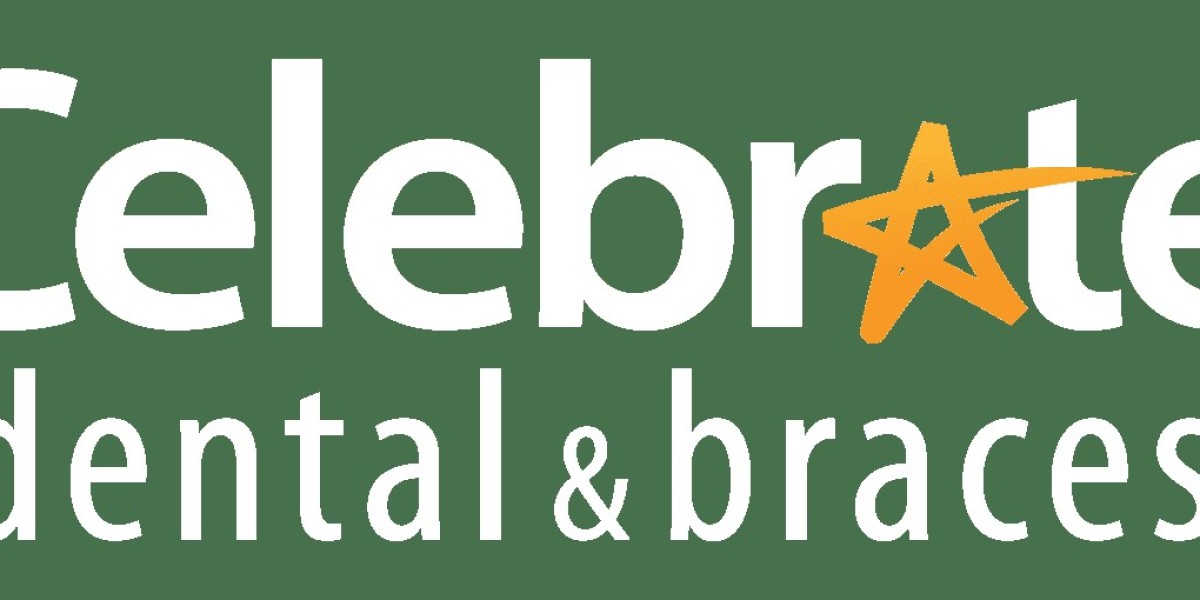Achieving a straight, beautiful smile is a goal for many people, and with advancements in orthodontics, there are now various types of braces available to suit different needs and preferences. Whether you're looking for a discreet option or need a solution for complex dental issues, there's a type of braces that can help you reach your dental goals. Here’s an in-depth look at the different types of braces:
1. Traditional Metal Braces
Description :
Traditional metal braces are the most commonly used type of braces. They consist of high-grade stainless steel brackets and wires that are attached to the front of the teeth.
Features:
- Effectiveness: Highly effective for treating a wide range of dental issues, including severe misalignments.
- Durability: Extremely durable and able to withstand various pressures from chewing.
- Cost: Typically the most affordable option.
Who It's For:
Ideal for patients with significant orthodontic issues who need a reliable and robust solution.
2. Ceramic Braces
Description:
Ceramic braces function similarly to traditional metal braces but use clear or tooth-colored brackets that blend in with the teeth.
Features:
- Aesthetics: Less noticeable than metal braces due to their color.
- Effectiveness: Equally effective as metal braces for most orthodontic treatments.
- Care: Require diligent cleaning to avoid staining the brackets.
Who It's For:
Great for patients who need the effectiveness of traditional braces but prefer a more discreet look.
3. Lingual Braces
Description:
Lingual braces are placed on the inside surface of the teeth, facing the tongue, making them invisible from the outside.
Features:
- Invisibility: Completely hidden from view, providing a cosmetic advantage.
- Customization: Custom-made to fit the contours of each tooth.
- Comfort: Can initially cause tongue discomfort and may affect speech.
Who It's For:
Ideal for individuals who want a completely invisible orthodontic solution but are prepared for a potentially longer adjustment period.
4. Self-Ligating Braces
Description:
Self-ligating braces use a special clip instead of elastic bands to hold the archwire in place, allowing for more efficient tooth movement.
Features:
- Comfort: Reduced friction and discomfort compared to traditional braces.
- Efficiency: Often result in shorter treatment times.
- Hygiene: Easier to clean as they do not have elastic ties that can trap food.
Who It's For:
Suitable for patients looking for a more comfortable and potentially faster orthodontic treatment.
5. Clear Aligners (Invisalign)
Description:
Clear aligners, such as Invisalign, consist of a series of custom-made, removable plastic trays that gradually shift teeth into place.
Features:
- Appearance: Virtually invisible when worn.
- Convenience: Removable for eating, drinking, and oral hygiene.
- Comfort: Smooth plastic trays that don’t irritate the gums.
Who It's For:
Perfect for individuals seeking a highly discreet and flexible treatment option. Best suited for mild to moderate orthodontic issues.
6. Damon Braces
Description:
Damon braces are a type of self-ligating braces that use a slide mechanism to hold the wire, reducing friction and allowing teeth to move more freely.
Features:
- Efficiency: Often result in faster treatment times and fewer adjustments.
- Comfort: Less pressure on the teeth, leading to greater comfort.
- Appearance: Available in both metal and clear versions.
Who It's For:
Ideal for patients looking for an efficient treatment with fewer orthodontic visits and adjustments.
Choosing the Right Braces
Selecting the right type of braces depends on several factors, including the complexity of the dental issue, personal preferences regarding aesthetics and comfort, and budget considerations. Consulting with an orthodontist will help determine the best option tailored to your specific needs.
Conclusion
Orthodontic braces come in various types, each offering unique benefits to suit different orthodontic needs. From traditional metal braces to innovative clear aligners, there's a solution for everyone. Understanding the differences between each type can help you make an informed decision and achieve the smile you've always wanted.
For more personalized advice and to start your journey to a perfect smile, schedule a consultation with a qualified orthodontist today.
Stay Connected with Us:
- Facebook
- Instagram
- Twitter
Discover the best braces for your needs and begin your journey towards a confident, radiant smile!








